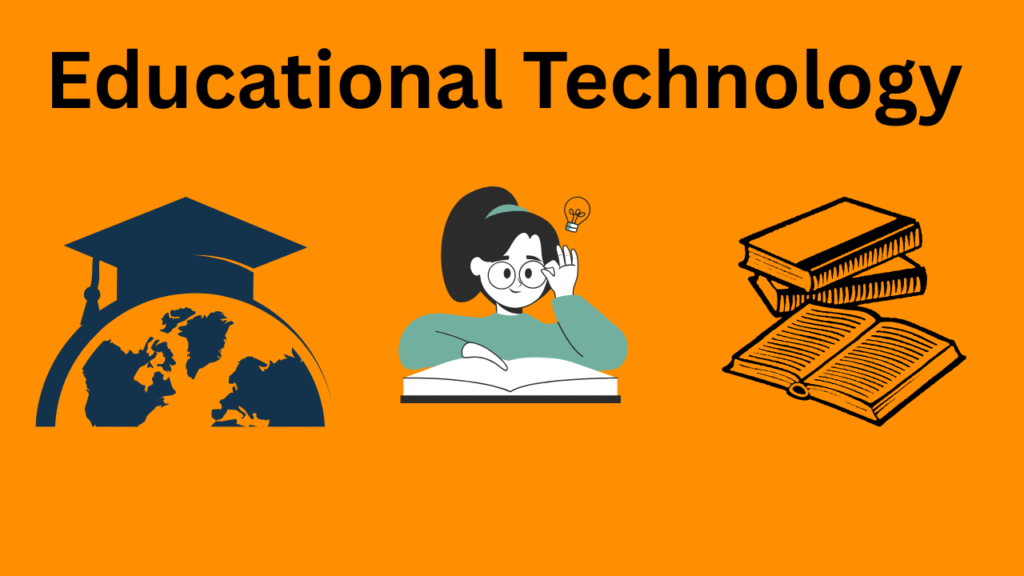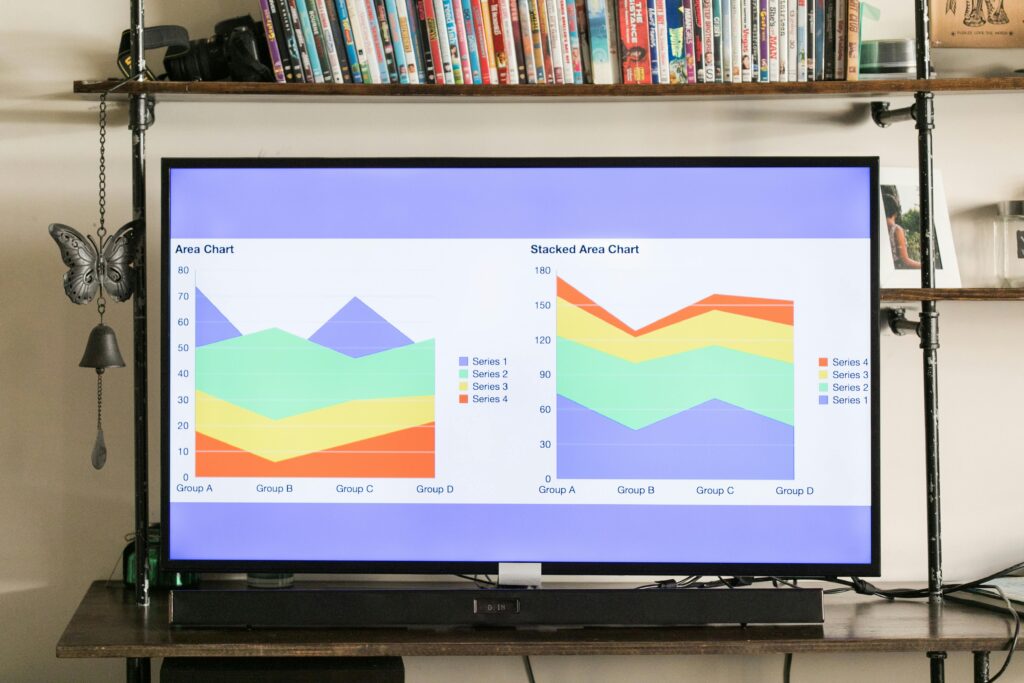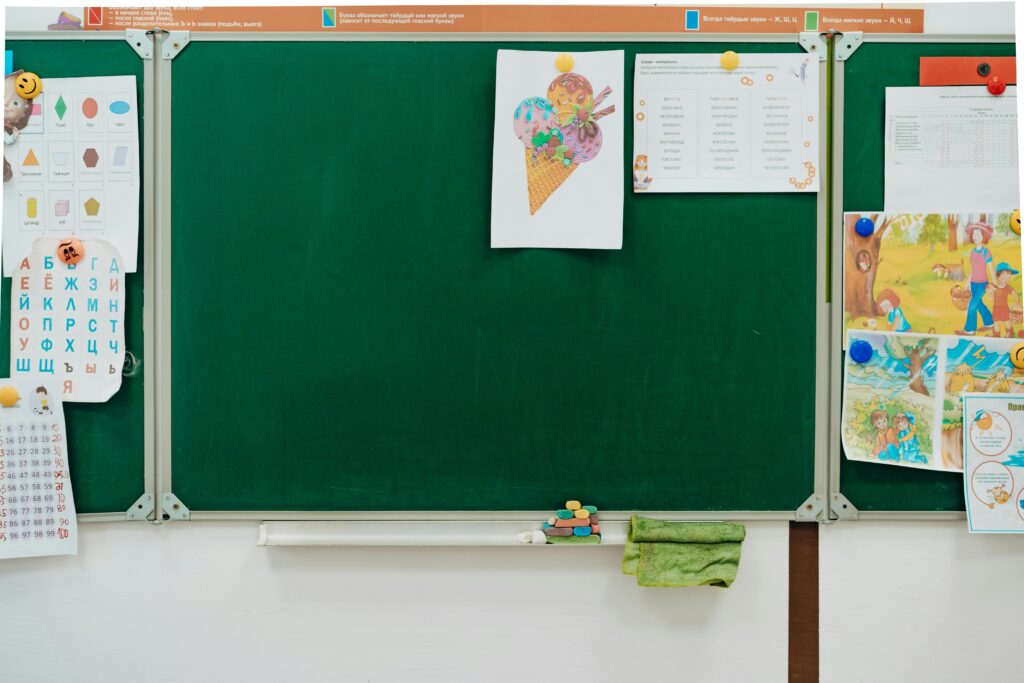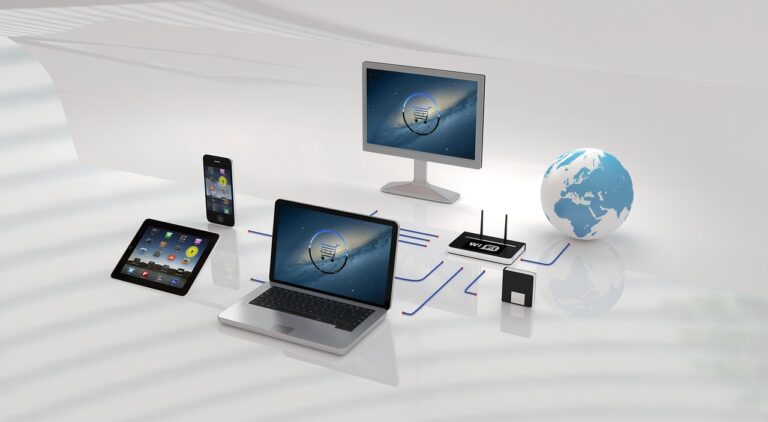Educational Technology

Introduction
Educational technology, often abbreviated as EdTech, refers to integrating technology into educational systems to enhance learning experiences. As the digital landscape evolves, so does the potential for technology to transform how we teach and learn. This article explores the various facets of educational technology, its benefits, challenges, and prospects.
1. What is Educational Technology?
Educational technology encompasses many tools and resources designed to facilitate learning. This includes software, hardware, and systems that support educational practices. From interactive whiteboards to online learning platforms, EdTech aims to improve educational outcomes.

2. The Evolution of Educational Technology
2.1 Historical Background
The journey of educational technology dates back to the early 20th century with the introduction of audiovisual materials. As technology progressed, so did its applications in education, leading to the development of computer-assisted instruction in the 1980s.
2.2 Recent Developments
In recent years, the rise of the internet, mobile devices, and sophisticated software has dramatically transformed educational practices. This transformation has created vast opportunities for learners and educators alike, reshaping the landscape of education.
1. Online Learning Platforms
Online learning platforms like Coursera, Udemy, and Khan Academy have made education accessible to millions. These platforms offer a wide range of courses, from academic subjects to professional skills, allowing learners to study at their own pace.
- Accessibility: Students from diverse backgrounds can access quality education regardless of their geographic location.
- Flexibility: Learners can choose when and where to study, accommodating different lifestyles and commitments.

3. Types of Educational Technology
3.1 Learning Management Systems
Learning Management Systems such as Moodle and Canvas have revolutionized the way educators create, manage, and deliver courses online. These platforms serve as comprehensive tools that facilitate various aspects of the educational process.
a.Course Creation and Management
- Flexibility: Educators can design courses tailored to their curriculum, incorporating multimedia resources, assignments, and assessments.
- Modular Structure: Courses are often structured in modules or units, making it easy for students to navigate through the material.
3.2 Interactive Learning Tools
Interactive learning tools such as Kahoot! and Quizlet have become essential in modern education, providing innovative ways for students to engage with content. By incorporating gamification elements, these platforms enhance student participation, retention, and overall learning experiences.
1. Kahoot!
Kahoot! is a game-based learning platform that allows educators to create quizzes and interactive games. Its engaging format encourages active participation among students.

3.3 Virtual and Augmented Reality
Virtual and Augumented Reality technologies create immersive learning environments. These tools allow students to explore complex concepts in a hands-on manner, enhancing understanding and engagement.
4. Benefits of Educational Technology
4.1 Enhanced Engagement
Educational technology fosters greater student engagement. Interactive tools and multimedia content capture students’ attention and promote active learning.
4.2 Personalized Learning
Technology enables personalized learning experiences tailored to individual student needs. Adaptive learning platforms adjust content difficulty based on student performance.
4.3 Access to Resources
EdTech provides access to a wealth of resources and information. Online libraries, educational videos, and research databases are readily available, enriching the learning experience.
5. Challenges in Educational Technology
5.1 Digital Divide
Despite its benefits, educational technology also highlights the digital divide. Not all students have equal access to technology, which can lead to disparities in learning opportunities.
5.2 Training and Support
Educators may require training to effectively integrate technology into their teaching practices. Ongoing support is essential to ensure that teachers can utilize EdTech tools effectively.

5.3 Distraction and Over-reliance
The presence of technology can sometimes lead to distractions. Educators must find a balance between using technology as a tool and ensuring it does not detract from learning.
6. The Role of Teachers in Educational Technology
6.1 Facilitators of Learning
Teachers play a crucial role in facilitating learning with technology. They must guide students in using EdTech tools effectively and responsibly.
6.2 Continuous Professional Development
To stay current with technological advancements, teachers should engage in continuous professional development. Workshops and training sessions can enhance their skills in using educational technology.

7. Future Trends in Educational Technology
7.1 Artificial Intelligence
AI is set to revolutionize education by providing personalized learning experiences and automating administrative tasks. AI-driven analytics can help educators identify student needs more effectively.
7.2 Gamification
Gamification of learning is becoming increasingly popular. By incorporating game elements into educational content, students are motivated to engage and succeed.
7.3 Blended Learning Environments
The future of education may lean towards blended learning models that combine traditional face-to-face instruction with online learning. This hybrid approach offers flexibility and diverse learning opportunities.
8. Case Studies: Successful Implementation of Educational Tech
8.1 Case Study 1: Flipped Classroom Model
In the flipped classroom model, students review lecture materials at home and engage in interactive activities in class. This approach has been shown to enhance understanding and retention of information.
8.2 Case Study 2: Virtual Reality in Science Education
Schools using technology for science education have reported increased student engagement and improved understanding of complex scientific concepts.

9. Best Practices for Integrating Educational Technology
9.1 Assessing Needs
Before implementing any technology, educators should assess the specific needs of their students. Understanding these needs helps in selecting the most suitable tools.
9.2 Pilot Programs
Starting with pilot programs allows educators to test the effectiveness of EdTech tools before full-scale implementation. Feedback from these trials can inform future decisions.
10. Conclusion
Educational technology is reshaping the landscape of learning, providing innovative solutions to enhance educational experiences. As we continue to embrace these advancements, it is essential to address the challenges that accompany them, ensuring that all students have access to the benefits of Education Tech. The future of education lies in our ability to effectively harness technology for the betterment of all learners.

If you want more information, read this articlehttps://www.xafsashariif.com/what-are-the-key-benefits-of-education-in-2025/
Welcome to my page https://www.xafsashariif.com
My name is Hafsa am an accountant expert and the author of this article.






